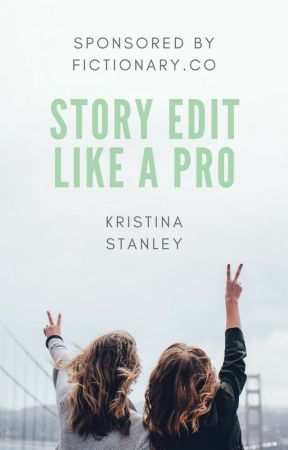Scene Closing Type
Just like your openings, you have the same four options for closing out your scene:
Dialogue – "How much longer?" I asked the person on the phone.
Thought – Hurry up, I thought just as I heard the sirens.
Description – His blond hair stuck to his forehead. Beads of sweat covered his cheeks. His chest remained unmoving.
Action – I pounded his chest thirty times, blew two breaths, and started over.
Each example reveals a personality trait, and every one of them leaves an open question. When you vary the closing types, you can stress different traits. The dialogue and thought examples show the character is relying on help. The description shows a character observing someone. The action shows a proactive person taking charge.
Note these examples are all cliffhangers. I'll talk about the risk of using too many cliffhangers in a minute.
Your Mission
As with the Scene Opening Type, vary the closing type. Make a list of each closing type, and "see" if you've been too repetitive.
~~~
Scene Exit Hook
The exit hook is the magic that will keep your reader wanting to begin the next scene.
Ask yourself: Why would the reader keep reading once they reach the end of a scene?
Types of Exit Hooks:
- Cliffhanger – perhaps your protagonist's life is at risk
- Revelation – show the reader something that will change the course of the story
- Setback for the protagonist or antagonist – one of these characters could be very unhappy about the latest event
- A secret revealed – you can either reveal a full secret or only part of a secret
- A question left hanging – this will tease the reader, making them crave the answer
- An unexpected plot twist – this will keep the reader guessing
Like scene entry hooks, varying the type of exit hooks will make the novel more interesting for your reader.
I'm guessing you don't want the reader to get to the end of a scene and be bored. You want them to resist going to bed, or making dinner, or going for a walk, and instead, keep reading.
Your Mission
Review the end of each scene and ensure you have an exit hook. Note that even though I listed "Cliffhanger" as the first type of exit hook, it's important not to use a cliffhanger at the end of every scene. Your reader may tire of this. If you're worried about this, make a quick list of the exit hook types and when you see them together, you'll know if you have used a variety of exit hooks.

YOU ARE READING
Story Edit Like A Pro
Non-FictionAfter reading this guidebook, you'll have a method for ensuring that your story is well-told, well-paced, and highly effective. You'll be guided through the process of reviewing your story, scene-by-scene, until it works. We won't focus on copy-edi...

